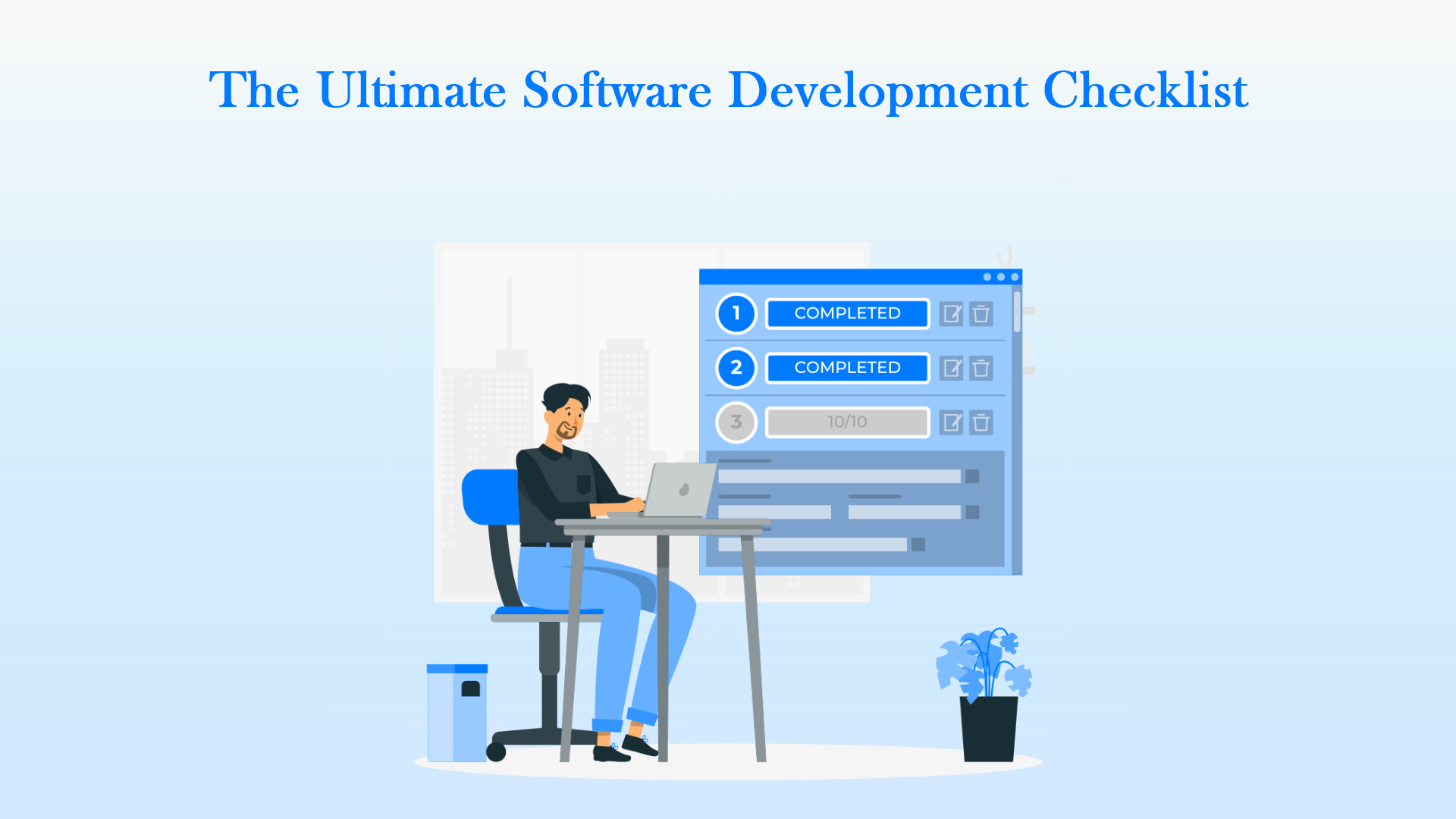When it comes to hiring an offshore software development team it can be a cost-effective solution for businesses. However, the person needs to ensure they choose the right team for your project that knows the software development checklist. With the help of this checklist, you will get an idea to hire the offshore software development team that outlines the key factors to consider when choosing an offshore development team. It begins with evaluating the things to technical expertise and communication skills for reviewing their past work and cultural fit within the organization.
In today’s technical world, several changes occur and one of the major changes in software development has taken the quantum jump over the last few years and there is no sign of slowing down. On the other hand, it has also resulted in competition becoming fiercer than ever. There are a lot of companies that must invest in building new and innovative solutions to stay ahead of their competitors. For this purpose, they must scale quickly and efficiently.
One of the major solutions is to hire local developers to keep up with the customers’ growing demands and expectations for the same. It is one of the challenges for everyone when there a high hiring costs and a limited pool of local talent that can create the challenge for everyone. By hiring the team of offshore development then it becomes the most effective choice for everyone. It helps save costs by reducing the high costs of software maintenance, focusing on the core competencies and scaling at speed.
Essential Checklist for Hiring the Offshore Software Development Team
In everything there are a lot of complexities of the projects, a checklist is always a great idea to ensure that nothing is missed. Below mentioned is the comprehensive software development checklist that should be followed from scratch to finish.
Understand Your Business Needs
One of the major steps in every development project is understanding the business needs with the help of an IT solution service provider. So what does the company want the software to do? What are its goals and objectives? Without having a clear understanding, it will be a tough decision to create anything useful. Software development can be a costly and time-consuming process so it is important to make sure that the project is worth undertaking.
Understand Your User Needs
As with the understanding of the business needs it is equally important to understand the needs of your users. What will be their role in the software? How the software be used? Will it simplify or enhance the work? We can’t make assumptions about what users want. You need to talk to them and get their feedback. It can be done through surveys, interviews and focus groups.
Ideation
It will help you to provide a better understanding of the business and user needs; this is the time when you need to start brainstorming ideas for your software. Every software begins with having a great idea in mind that takes software to the next level. Once begin with the development you must have an initial concept of how the program will be accomplished. It can be done in several different ways mind mapping, sketches and flowcharts.
Create an Outline
This is the stage where you get the core of the software. So, it’s time to create an outline. One of the best ways to do this is by creating a mind map by putting all of your ideas in one place and then connecting them. During the time of creating the document, ask yourself what will be needed for each function or feature. What are the steps that the user will need to take to accomplish what they want?
- Homepage
- Explore
- Notification
- Profile
Know Project Requirements
After the constraints have been identified you can start identifying the project requirements. What exactly do we need to create? These should be very specific and not vague or open-ended questions. Having the list of requirements will assist you in keeping the development on track and prevent scope creep from occurring that happens when new features are added without letting anyone know beforehand.
Prioritizing Requirements
If you have a list of requirements then it is great but it is very hard for someone to know which ones are the most important. It’s a really good idea to sort them from the highest priority needs to be down to the lowest priority. You must put the timeframes around each requirement. Check how soon we need this. Let’s have an example if you require a user interface but it is not a high priority you can put a longer timeframe around that.
Create a Timeline
Once you know what’s needed for the project then it is time to create a timeline. It will help you to keep the development on track by ensuring that everything is completed by the desired deadline. Everyone must remember that things can always go wrong, so it’s best to add some cushion time to the schedule just in case. The timeline works as a roadmap that includes all of the steps required for completion from requirement gathering to testing and bug fixes.
Create a Prototype
Before you dive headfirst into the development it is a good idea to create the prototype. The prototype is an early version of the software that shows how everything will come together and function as intended. It will help to ensure that the software is meeting their needs and expectations.
Development
When the prototype is approved it is time to start development. This is a stage where the real work begins by coding the software and making sure that it functions as intended. It is important that will help you keep the stakeholders updated on what is going on with the project.
Q/A Testing
This is considered as the last step that may seem obvious but it is easy to forget. Therefore, testing is the key to making sure that the software is working as intended before releasing it into the wild. It can be achieved through either manual testing or automated tests- both of which are extremely important. When it comes to quality assurance is just as important as development and it should not be taken lightly.
Maintenance and Support
This is the final stage when development and testing are all done. Now you have released a piece of software there will always be bugs to fix or features to add which means maintenance and support are an ongoing process. It is essential to stay on top of this throughout its lifetime as well as by identifying and addressing any potential issues early on.
The Final Words
The above-mentioned is the complete software development services checklist. It will help you to guide through the entire process from start to finish. It is necessary to keep these steps in mind as you are planning your next project. If you still have issues and are not able to find the perfect solution to meet your requirements then consult an expert team who have years of experience in providing IT solutions.
 +91 141-4009009
+91 141-4009009 +1 (972) 215-7421
+1 (972) 215-7421

 USA - Dallas Registered
USA - Dallas Registered
 India Jaipur - Corporate
India Jaipur - Corporate